NSW Catholic schools more overcrowded than public schools
Student-to-teacher ratios for every school in NSW can be revealed for the first time thanks to a comprehensive analysis of official data by The Daily Telegraph. SEARCH YOUR CHILD’S SCHOOL AND SEE HOW IT RATES.
Schools Hub
Don't miss out on the headlines from Schools Hub. Followed categories will be added to My News.
Students in public schools get more one-on-one time with teachers than those in Catholic schools, an exhaustive analysis of every primary and secondary school in NSW has revealed.
The comprehensive analysis by The Daily Telegraph shows Catholic schools have the highest student to teacher ratios, making their classrooms more overcrowded than their public school counterparts.
However, the study of national data from the Australian Curriculum, Assessment and Reporting Authority (ACARA) also shows that despite this disparity Catholic schools are outperforming public schools in NAPLAN testing.
Last year 58 per cent of Catholic school students scored in the top 2 bands, compared to 46 per cent in state schools and 62 per cent in independent schools.
While parents prize a low student to teacher ratio, Centre for Independent Studies education expert Blaise Joseph said teacher quality was more important.
“Students learn much more in larger classes with great teachers than in smaller classes with mediocre teachers,” Mr Joseph said.
Of the state’s 3140 primary and secondary schools, the highest student to teacher ratios were found in regional Catholic schools. St Joseph’s Primary School at East Maitland topped the list with 23.5 students per teacher, with St Mary’s Catholic Primary School at Orange a close second, with 23.2 students per teacher.
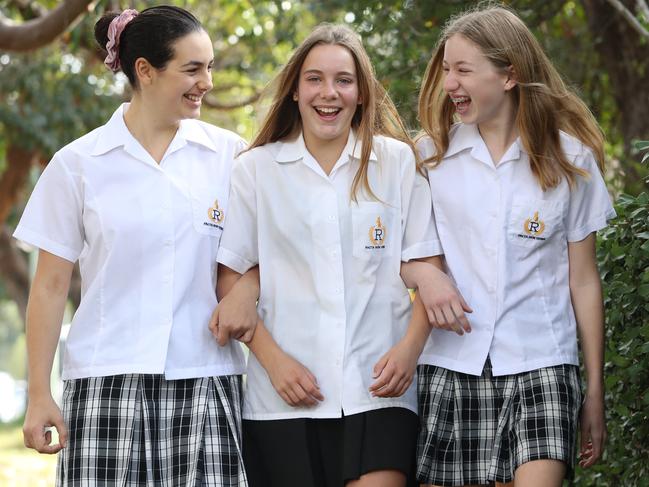
They were followed by Newcastle schools St James’ Primary School at Kotara South, with 22.9, and St Therese’s Primary School at New Lambton, which had 22.7.
Of the 50 schools with the largest student to teacher ratio 30 were in Sydney, with the remaining 20 in regional NSW. Forty-two of these 50 schools were Catholic schools.
The figures showed that the most under-resourced government school in NSW was Marsden Park Public School in Sydney’s northwest, with 22.2 students for every teaching staff member. The next highest was Booral Public School on the Central Coast with 21.4 students for every teacher.
On average there are now 14.1 students per teacher across the state’s public primary and high schools, compared to 15.4 students on average in Catholic schools.
Catholic primary schools last year had 16.9 students for every teacher — worse than public primary schools, which had on average 15.4 students for every teacher.
Catholic Education NSW chief executive Dallas McInerney said student-teacher ratios were declining across the Catholic sector, but added “the average remains only marginally different from that of the government sector”.
“Student-teacher ratios are affected by a range of factors specific to an individual school’s context, such as teacher experience, the number of non-teaching staff, school size, and the level of socio-educational advantage of the students,” Mr McInerney said.
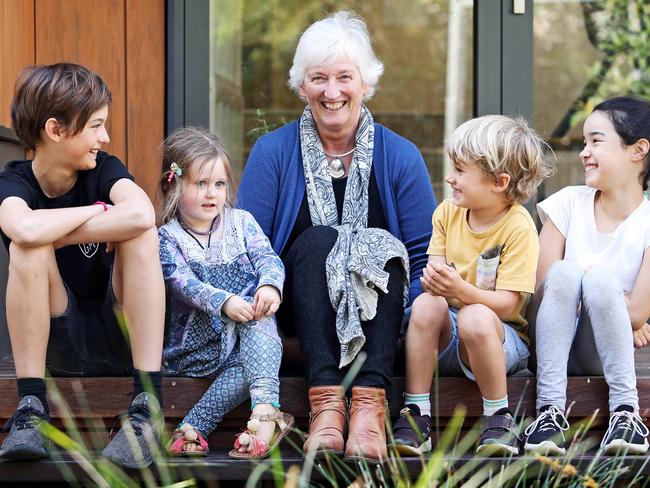
“NSW Catholic Schools continue to offer a terrific education, with high-quality teachers and academic results well-above the state average.”
The NSW Education Department said teaching staff allocations were determined by student enrolment numbers but “schools may also engage additional staff using flexible needs-based funding”.
MORE FROM SCHOOLS HUB
Parramatta’s biggest student-to-teacher ratios revealed
Canberra’s teacher-to-student ratios revealed
Over the past 10 years, Catholic schools have moved to put on more staff, dropping the ratio from 18.3 students for every teacher 10 years ago, to 16.9 last year.
Student to teacher numbers varied across Sydney’s suburbs, with St Anthony’s Catholic Primary School at Picton, in Sydney’s southwest, having 21.7 students for every teacher — the highest ratio in the area.

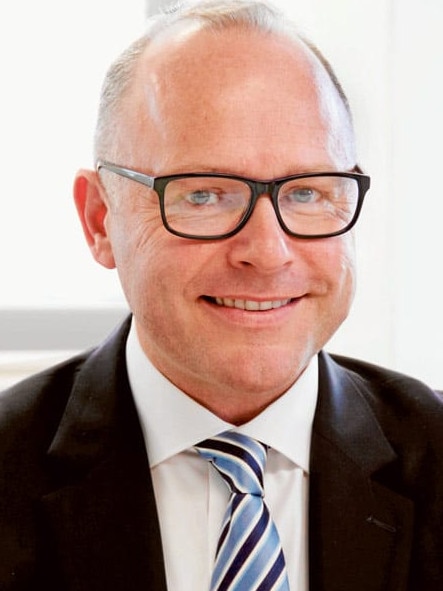
In Western Sydney, Bethany Catholic Primary School at Glenmore Park had an average of 20.9 students for every teacher.
In the city and the east, St Therese Catholic Primary School at Mascot had 22.3 students for every teacher, the highest in the area. This is despite its student population decreasing by 3.2 per cent over the past 10 years.
Meanwhile Randwick Girls High School has 13.9 students for every teacher.
Teena Kargas, whose 13-year-old daughter Maria attends Randwick Girls in the city’s east, said she was pleased with its student-to-teacher ratio and other schools would benefit from having similar figures.
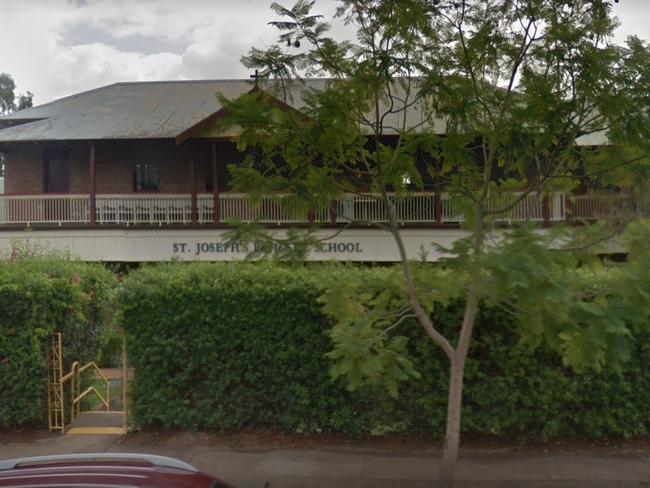
“If you provide subjects and clubs that the child is interested in, you’re going to keep them engaged at school and they’re going to do the best,” Ms Kargas said. “I wish the Department of Education had more teachers on hand for everybody and not just our school but other kids as well.”
At the other end of the spectrum, Distance Education schools based in Woolloomooloo and Dubbo topped the list of the best student-teacher ratios.
Some public schools in Sydney also scored very highly — with La Perouse Public School in the eastern suburbs having 4.7 kids for every full-time staff member and Lalor Park Public School in Sydney’s west having 5.8 students for every teacher.
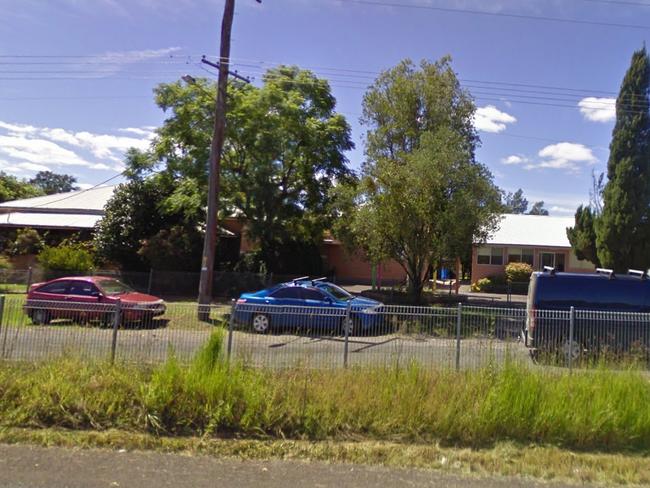
Principal of Barrenjoey Montessori School Fiona Campbell said her school had a higher concentration of teachers to staff in the younger years but as children got older they encouraged the students to rely on each other.
“The students become more independent and use each other as a support network,” Ms Campbell said.
She said the school had grown due to parent demand interested in the Montessori education system.
“Obviously the academics come into it, but we really focus on the social, emotional and the intangibles, which I think is what parents are looking for in this moment in time,” Ms Campbell said.
